Japan’s Summer Survival Strategies: From Heatstroke Awareness to Air Conditioning Efficiency and Mosquito Protection
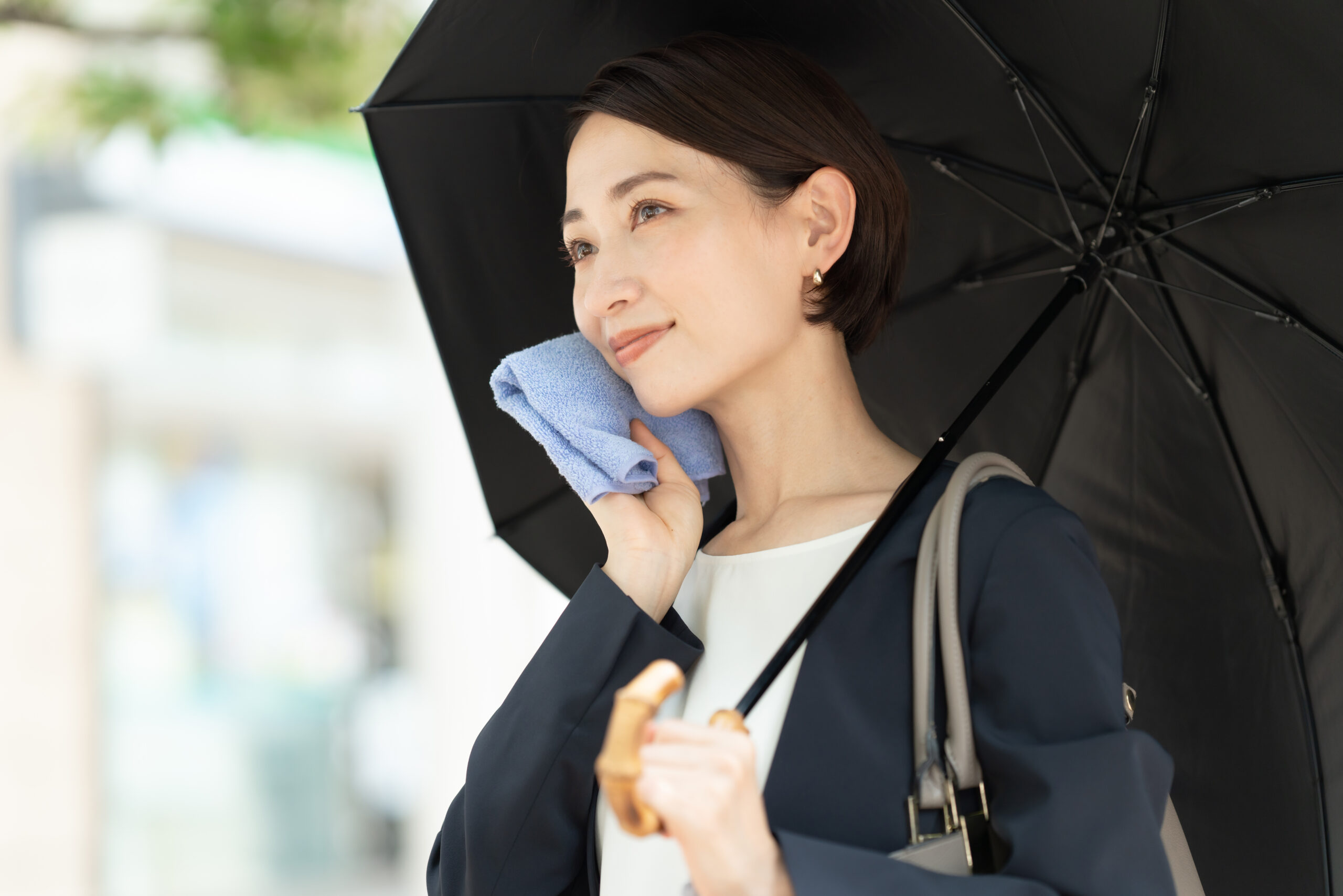
“I’m planning to spend the summer in Japan, but I’m worried about the intense heat, high air conditioning costs, and the prevalence of mosquitoes. How can I prepare to stay safe and comfortable?” This is a common concern among many people planning to experience summer in Japan.
To navigate Japan’s summer safely and comfortably, it’s crucial to understand the risks of heatstroke, manage air conditioning efficiently in Japanese apartments, and implement effective mosquito prevention strategies.
This article will provide comprehensive insights into preventing heatstroke, optimizing air conditioning usage to balance comfort and cost, and protecting yourself from mosquitoes during Japan’s summer months.
Understanding Japan’s Summer Climate
Characteristics of Japanese Summer
Temperature and Humidity Levels
Japan’s summer, spanning from June (六月, Rokugatsu) to September (九月, Kugatsu), is characterized by high temperatures and humidity. Average daytime temperatures range from 30℃ to 35℃ (86℉ to 95℉), with humidity levels often exceeding 80%, especially in July (七月, Shichigatsu) and August (八月, Hachigatsu). This combination creates a humid subtropical climate, making summers feel particularly oppressive.
The rainy season (梅雨, Tsuyu) typically occurs from early June to mid-July, bringing frequent showers and overcast skies. Following this period, the weather becomes hotter and more humid, often leading to heatwaves that can pose health risks.
Regional Variations Across Japan
Japan’s diverse geography results in regional climatic differences during summer:
- Hokkaido (北海道): Located in the north, Hokkaido experiences milder summers with lower humidity, making it a popular destination to escape the heat.
- Kanto (関東) and Kansai (関西, Kansai) Regions: Including major cities like Tokyo and Osaka, these areas face hot and humid conditions, with temperatures often exceeding 35℃ (95℉).
- Kyushu (九州) and Okinawa (沖縄): Situated in the south, these regions experience the earliest onset of summer, with prolonged periods of high heat and humidity.
Understanding these regional differences is crucial for residents and travelers to prepare adequately for Japan’s summer conditions.
Heatstroke in Japan: Risks and Prevention
What is Heatstroke?
Heatstroke is a severe medical condition that occurs when the body’s temperature regulation system fails due to prolonged exposure to high temperatures and humidity. In Japan, where summers are characterized by intense heat and moisture, understanding the early signs is crucial for prevention.
Symptoms and Warning Signs
Heatstroke (熱中症, netchūshō) is a serious condition resulting from the body’s inability to regulate its temperature due to prolonged exposure to high temperatures and humidity. In Japan, where summers are characterized by intense heat and moisture, recognizing the progression of symptoms is crucial for timely intervention.
Early Symptoms:
These initial signs indicate the body’s struggle to cope with heat:
- Dizziness (めまい, memai): A sensation of lightheadedness or unsteadiness.
- Headache (頭痛, zutsū): Persistent pain or pressure in the head.
- Nausea (吐き気, hakike): A feeling of discomfort in the stomach with an urge to vomit.
- Muscle cramps (筋肉のけいれん, kinniku no keiren): Painful involuntary muscle contractions, often in the legs or abdomen.
- Rapid heartbeat (頻脈, hinmyaku): An unusually fast pulse rate as the body attempts to cool down.
- Shallow breathing (浅く速い呼吸, asaku hayai kokyū): Quick, light breaths indicating stress on the respiratory system.
Advanced Symptoms:
These signs suggest a progression to moderate or severe heatstroke and require immediate medical attention:
- Vomiting (嘔吐, ōto): Forceful expulsion of stomach contents, indicating worsening condition.
- Slurred speech (ろれつが回らない, roretsu ga mawaranai): Difficulty articulating words, a sign of neurological impairment.
- Confusion or disorientation (混乱・見当識障害, konran / kentōshiki shōgai): Inability to think clearly or recognize surroundings.
- Sudden cessation of sweating (突然の発汗停止, totsuzen no hakkan teishi): A dangerous sign indicating the body’s cooling mechanisms have failed.
It’s essential to note that symptoms like slurred speech, confusion, and lack of sweating are not early signs but indicators of severe heatstroke. If such symptoms are observed, it’s imperative to seek emergency medical care immediately.
These references may be helpful:
- Ministry of the Environment, Japan: Heat Illness Prevention Information
- Ministry of Health, Labour and Welfare, Japan: Preventing Heatstroke (Please note: This website is in Japanese.)
- Government of Japan: Heatstroke Prevention Measures
These resources provide official guidance on preventing heat-related illnesses in Japan.
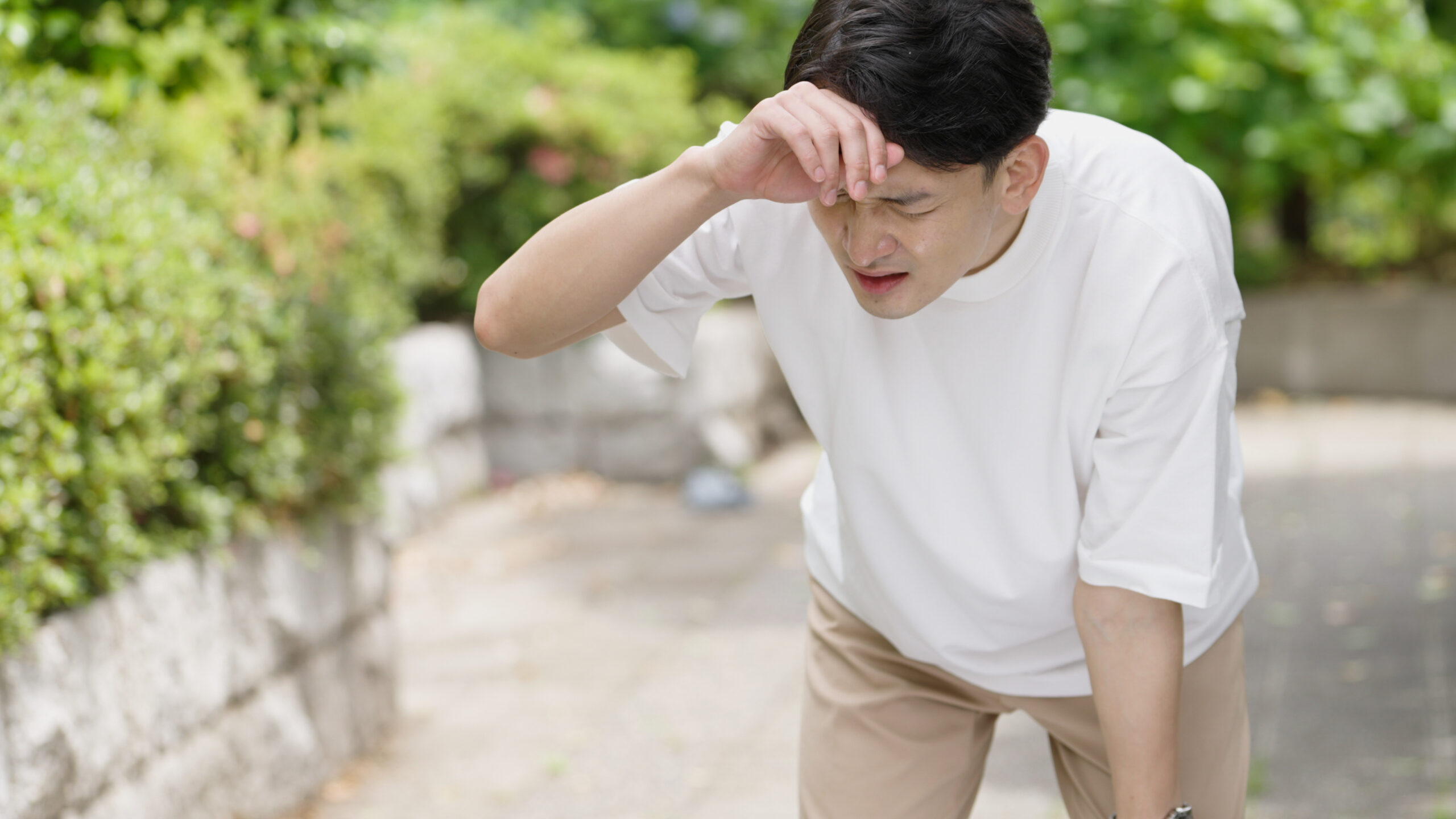
Vulnerable Populations
Certain groups are more susceptible to heatstroke:
- Elderly individuals: Especially those aged 70 and above, as their bodies may not regulate temperature efficiently.
- Children: Their thermoregulatory systems are not fully developed.
- People with chronic illnesses: Conditions like heart disease or diabetes can impair the body’s response to heat.
- Outdoor workers: Those engaged in physical labor under the sun, such as construction workers, are at heightened risk.
- Athletes: Engaging in intense physical activity during peak heat hours increases vulnerability.
Recent Statistics and Trends
Incidence Rates in Recent Years
Japan has experienced a significant increase in heatstroke cases in recent years.
In 2024, a record 97,578 individuals required emergency transportation due to heatstroke between May and September. This figure marks the highest level since statistics began in 2008. Notably, 57.4% of these patients were aged 65 and over, highlighting the vulnerability of the elderly population. Additionally, 120 individuals were confirmed dead upon arrival at medical facilities.
These statistics underscore the pressing need for effective preventive measures and public awareness to combat the rising threat of heatstroke, especially among the aging population.
- References: The Japan Times, nippon.com
Government Alerts and Warnings
To help residents and visitors stay safe during Japan’s hot and humid summers, the Ministry of the Environment (環境省, Kankyō-shō) provides daily updates on the Wet Bulb Globe Temperature (WBGT) index. This index measures heat stress by considering factors like temperature, humidity, wind speed, and solar radiation. The Ministry generally categorizes WBGT readings and associated risks into five levels to guide daily activities:
- WBGT below 21℃: Considered “Almost Safe” (or “Caution” depending on activity)
- WBGT 21℃ to below 25℃: “Caution”
- WBGT 25℃ to below 28℃: “Warning”
- WBGT 28℃ to below 31℃: “Severe Warning”
- WBGT 31℃ and above: “Danger”
When the WBGT index is predicted to reach 33℃ or higher in an area, a “Heat Stroke Alert” (熱中症警戒アラート, Netchūshō Keikai Arāto) is issued. These alerts strongly advise the public to take enhanced precautions, such as staying indoors in air-conditioned spaces, avoiding strenuous activities, and ensuring consistent hydration.
For the latest WBGT readings and heat stroke alerts in your area, visit the official Heat Illness Prevention Information site provided by the Ministry of the Environment.
Prevention Strategies
Hydration and Diet
Maintaining adequate hydration is paramount:
- Water intake: Regularly drink water, even if not thirsty.
- Electrolyte replenishment: Consume beverages containing salts and minerals, especially after sweating.
- Balanced meals: Incorporate fruits and vegetables rich in water content, such as cucumbers and melons.
Appropriate Clothing and Scheduling
Dressing and planning can mitigate heat exposure:
- Light-colored, loose-fitting attire: Helps reflect sunlight and allows air circulation.
- Wide-brimmed hats and UV-protective sunglasses: Shield against direct sun exposure.
- Scheduling outdoor activities: Prefer early morning or late evening hours when temperatures are cooler.
Utilizing Cooling Centers and Public Facilities
During extreme heat conditions:
- Cooling centers: Designated air-conditioned spaces, such as community centers and libraries, are opened to the public.
- Public transportation hubs: Stations often provide air-conditioned waiting areas.
- Shopping malls and supermarkets: Serve as accessible refuges from the heat.
By recognizing the signs of heatstroke and implementing these preventive measures, individuals can significantly reduce their risk and ensure a safer summer experience in Japan.
Explore More Summer Japan Topics:
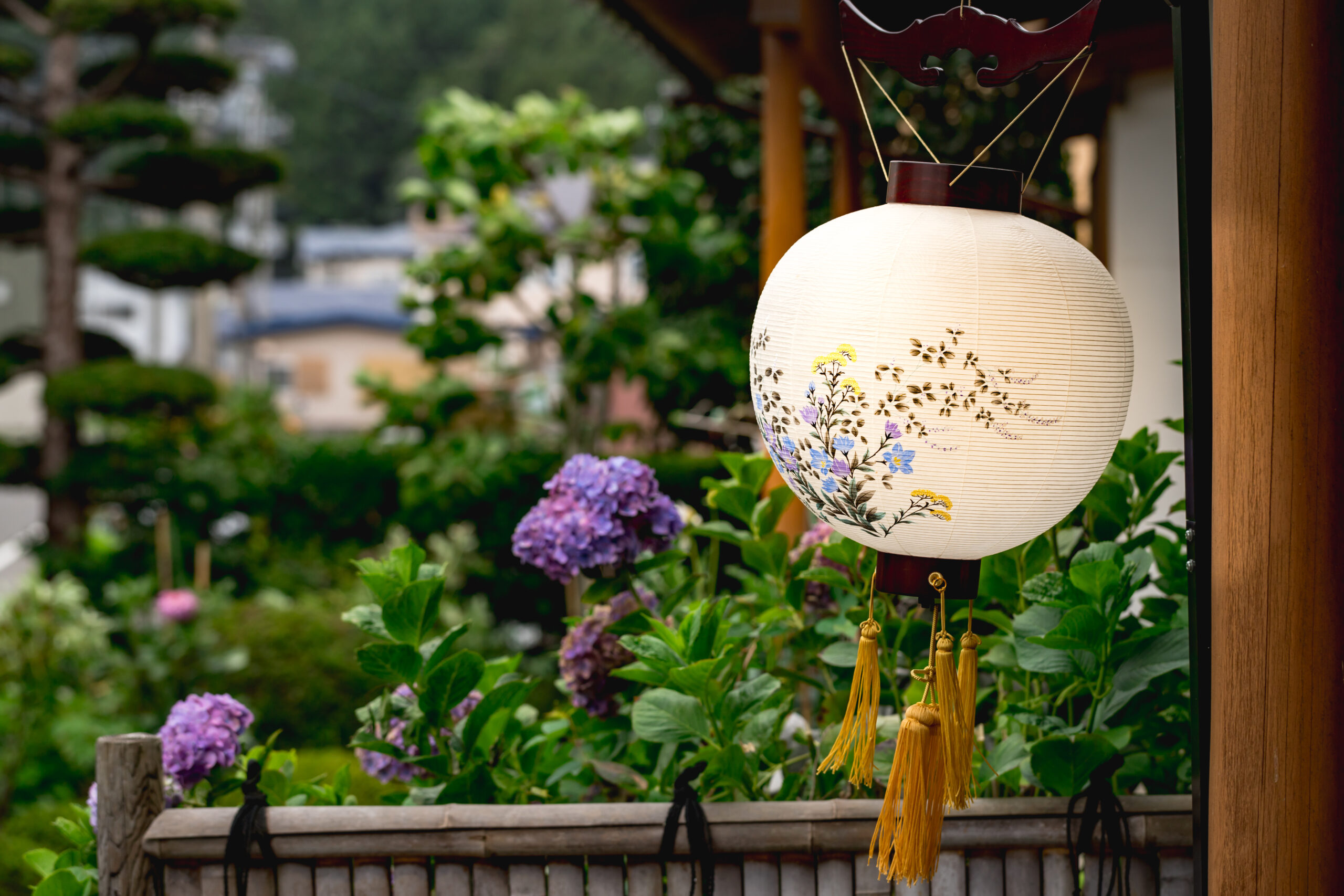

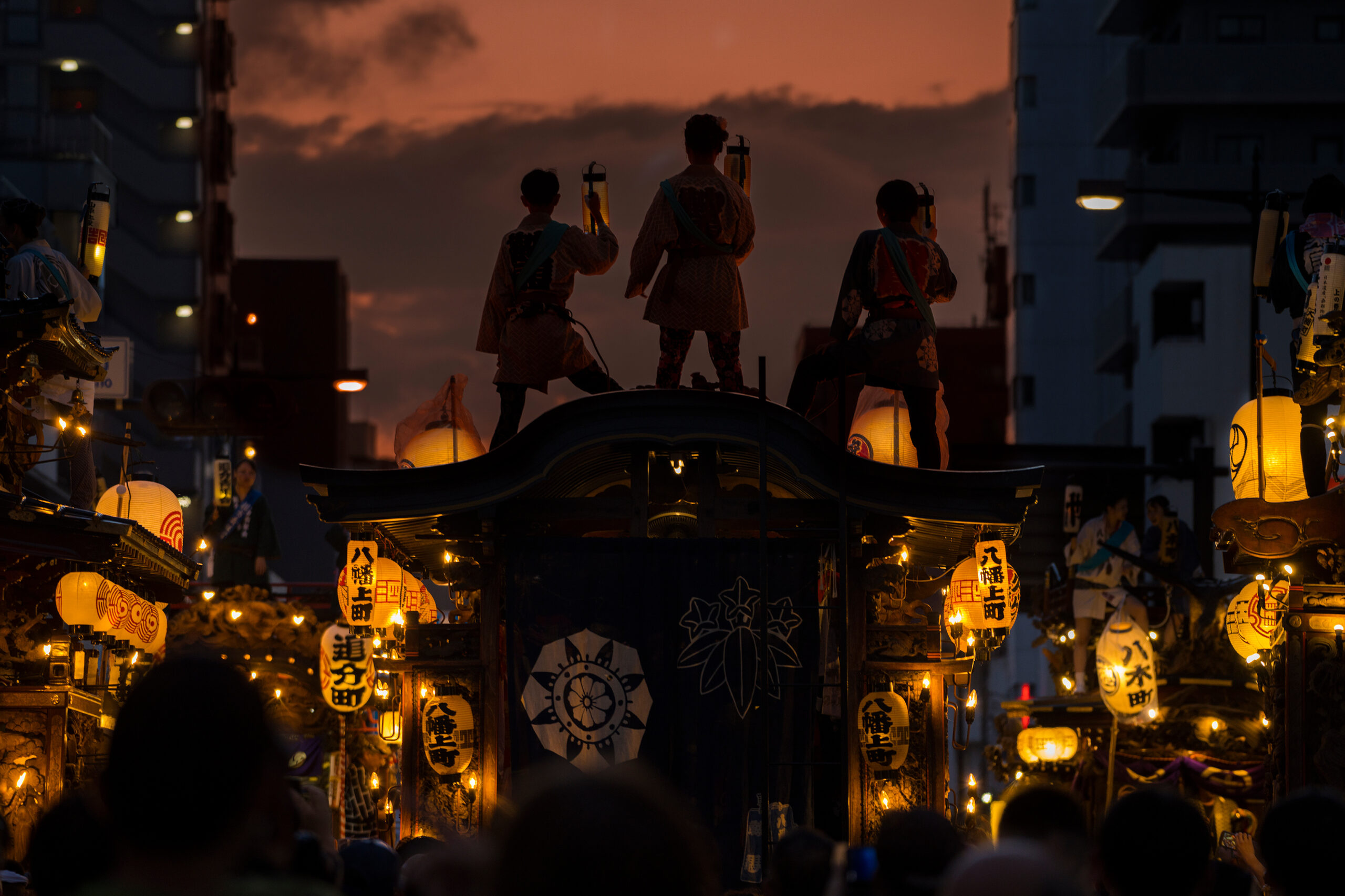
Air Conditioning in Japanese Apartments: Usage and Costs
Common Air Conditioning Systems
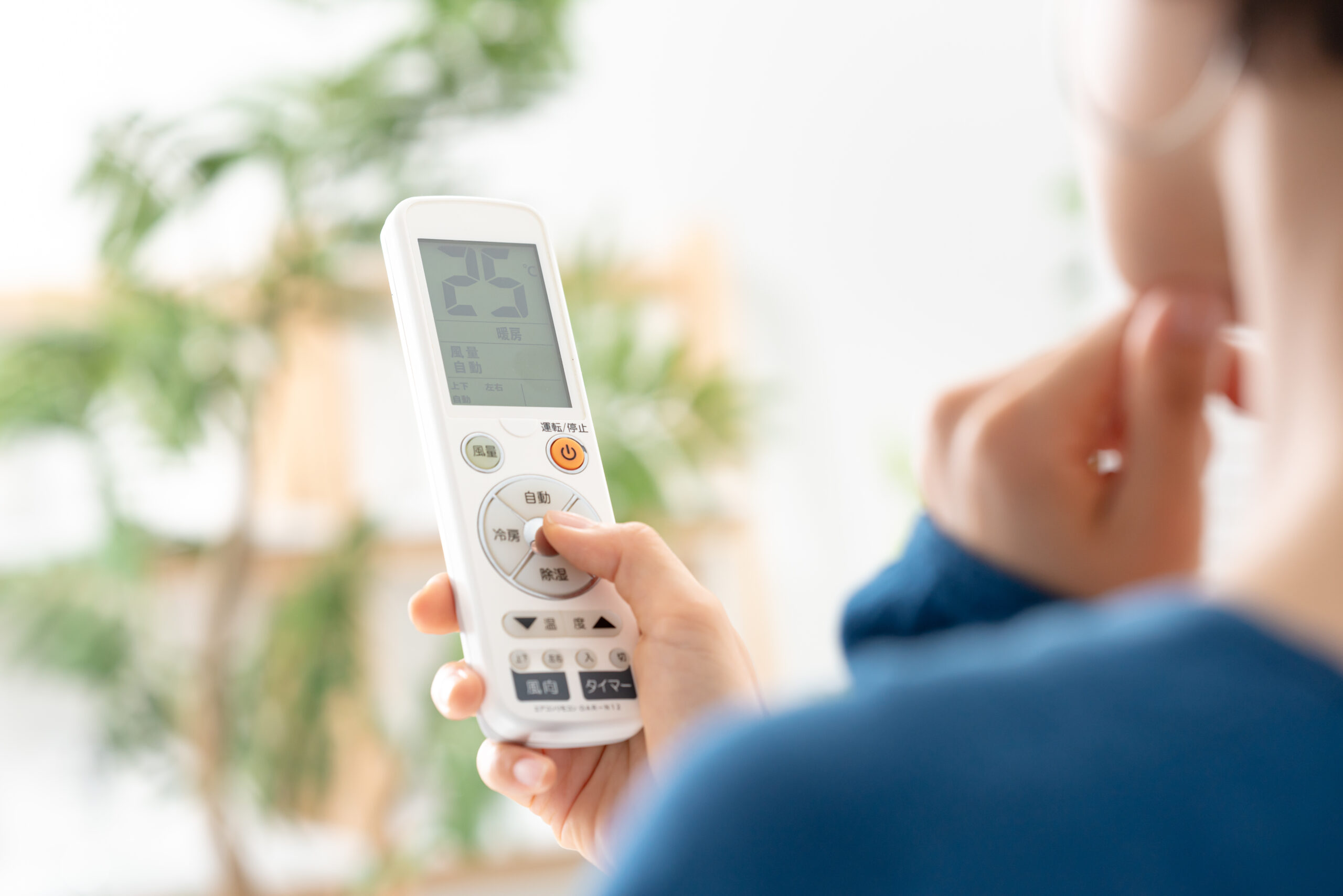
Types of Units Available
In Japan, the most prevalent air conditioning systems are wall-mounted split-type units, known as エアコン (eakon). These systems consist of an indoor unit connected to an outdoor compressor, allowing for efficient cooling and heating. They are favored for their energy efficiency and ability to control the climate of individual rooms.
Other types include window-mounted units, which are less common due to their lower efficiency and potential for noise, and portable air conditioners, which are typically used in situations where permanent installation isn’t feasible.
Installation Processes and Considerations
Installation of air conditioning units in Japanese apartments often involves professional services, especially for split-type systems. Standard installation is usually included in the purchase price, but additional costs may arise for non-standard installations, such as those requiring extended piping or specialized mounting. These additional costs can range from ¥10,000 to ¥70,000.
It’s important to note that many Japanese apartments, especially in older properties or inexpensive rental properties, do not come equipped with air conditioning units. Tenants may need to purchase and install their own units, and in some cases, obtain permission from landlords for installation.
Cost Analysis
Initial Purchase and Installation Costs
The cost of purchasing an air conditioning unit in Japan varies based on the type and features. A basic wall-mounted split-type unit can cost between ¥50,000 and ¥150,000. Advanced models with additional features like air purification or smart controls may cost more. As mentioned, installation costs can add an additional ¥10,000 to ¥70,000, depending on the complexity of the installation.
Monthly Electricity Expenses
The monthly electricity cost of operating an air conditioner in Japan varies significantly based on factors such as unit efficiency, room size, insulation quality, usage duration, and electricity rates. On average, electricity costs in Japan range from ¥4,000 to ¥8,000 per month, with higher costs during peak summer months due to increased air conditioner usage.
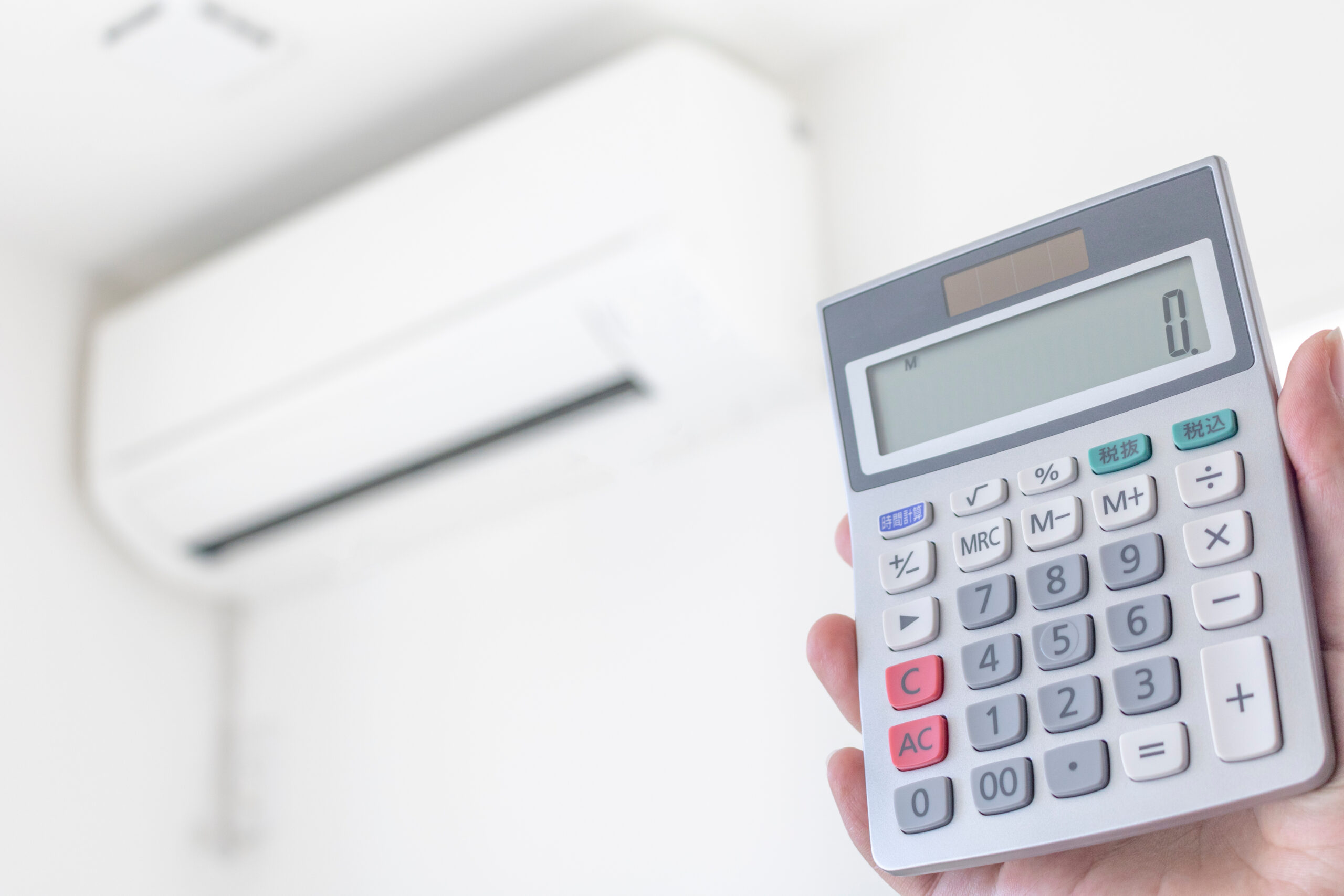
Tips for Efficient Usage
Optimal Temperature Settings
In Japan, the Ministry of the Environment recommends maintaining a room temperature of 28℃ during summer to balance comfort and energy efficiency. It’s important to note that this refers to the actual room temperature, not the air conditioner’s set temperature. Due to factors like room size, insulation, and air circulation, achieving a room temperature of 28℃ may require setting the air conditioner to a lower temperature, typically around 24–26℃.
Adjusting the air conditioner’s set temperature by just 1℃ can lead to significant energy savings. For instance, increasing the set temperature by 1℃ during cooling can reduce energy consumption by approximately 13%.
To enhance comfort without over-reliance on the air conditioner, consider using fans or circulators to improve air distribution, and manage humidity levels appropriately. These practices can help maintain a comfortable environment while conserving energy.
Maintenance and Cleaning
Regular maintenance is crucial for efficient operation. Cleaning or replacing air filters every two weeks ensures proper airflow and reduces strain on the system. Neglecting maintenance can lead to higher energy usage and decreased cooling performance.
Energy-Saving Practices
To conserve energy, consider the following practices:
- Use fans in conjunction with the air conditioner: This helps distribute cool air more evenly, allowing for higher temperature settings.
- Close curtains or blinds during the day: Reducing sunlight exposure can decrease the cooling load on the air conditioner.
- Seal any gaps around windows and doors: Preventing warm air from entering helps maintain indoor temperatures more efficiently.
- Utilize programmable timers: Setting the air conditioner to operate only when needed can reduce unnecessary energy consumption.
Implementing these strategies can lead to significant energy savings and more comfortable living conditions during Japan’s hot and humid summers.
Mosquitoes in Japan: Seasonality and Protection
Mosquito Season in Japan
In Japan, mosquitoes (蚊, ka) are an unavoidable part of summer, much like fireworks and festivals. While the risk of mosquito-borne diseases in Japan is generally low, the discomfort caused by bites can affect daily life and outdoor activities. Therefore, taking preventive measures is advisable to minimize exposure to mosquito bites during the summer season.
Peak Months and Regional Differences
In Japan, mosquito activity typically begins in late spring (May) and peaks during the hot and humid summer months of July and August. The season generally concludes by late September. However, regional variations exist:
- Northern regions (e.g., Hokkaido): Mosquito season may be shorter due to cooler temperatures.
- Southern regions (e.g., Okinawa): The season can start earlier and extend longer, sometimes from April through October, owing to the warmer climate.
It’s advisable to remain vigilant during these periods, especially during dawn and dusk when mosquitoes are most active.
Common Mosquito Species
Several mosquito species are prevalent in Japan, including:
- Aedes japonicus (Asian bush mosquito): Common in forested areas and often breeds in artificial water containers; primarily active during the day and a potential vector for certain arboviruses.
- Aedes albopictus (Asian tiger mosquito): Recognizable by its black and white stripes; active during the day and a potential vector for dengue fever.
- Culex tritaeniorhynchus: Primarily active at night; the main vector for Japanese encephalitis.
Health Risks Associated with Mosquitoes
Diseases Transmitted
While the risk of mosquito-borne diseases in Japan is generally low, mosquitoes can transmit several diseases:
- Japanese Encephalitis (JE): A viral infection causing inflammation of the brain; transmitted by Culex mosquitoes.
- Dengue Fever: Although rare, outbreaks have occurred, such as the one in Tokyo in 2014.
Allergic Reactions and Other Concerns
Some individuals may experience severe allergic reactions to mosquito bites, known as Skeeter Syndrome. Symptoms include significant swelling, redness, and itching, which can persist for several days.
Prevention and Protection Measures

Personal Repellents and Clothing
To minimize mosquito bites:
- Use insect repellents containing DEET or Picaridin on exposed skin.
- Wear long-sleeved shirts and long pants, especially during peak mosquito activity times.
- Treat clothing and gear with permethrin, an insect repellent for fabrics.
Home and Environmental Controls
Effective measures include:
- Installing screens on windows and doors to prevent mosquito entry.
- Using air conditioning to deter mosquitoes from entering.
- Eliminating standing water around the home to reduce mosquito breeding sites.
Products and Tools Available in Japan
Japan offers various mosquito control products:
- Earth No Mat “Osoto De No Mat” Mosquito Repellent: A portable, battery-operated mosquito repellent device suitable for outdoor use.
- Kincho Mosquito No Spray: An indoor spray that provides up to 24 hours of protection with a single application.
- Skin Vape Angel Skin Vape Insect Repellent Spray: A popular skin-applied repellent available in most drugstores.
By understanding mosquito season and taking the proper precautions, you can greatly reduce the risk of mosquito-borne diseases and discomfort.
Affiliate Link: Purchasing through this link supports us at no extra cost to you.
Energy-Saving Tips for a Comfortable Summer
Government Initiatives and Campaigns
Overview of ‘Cool Biz’ Campaign
Japan’s Cool Biz (クールビズ) campaign, initiated by the Ministry of the Environment in 2005, encourages office workers to dress in lighter, more casual attire during the summer months. The aim is to reduce the reliance on air conditioning by setting thermostats to 28℃ (82℉), thereby conserving energy and lowering greenhouse gas emissions. This initiative has been widely adopted across government offices and private sectors, promoting a culture of energy efficiency during Japan’s hot and humid summers.

Public Awareness Programs
In addition to Cool Biz, Japan has implemented various public awareness programs to promote energy conservation. Campaigns such as Setsuden (節電) emerged after the 2011 Great East Japan Earthquake, urging citizens to reduce electricity consumption through measures like turning off unused appliances and adjusting air conditioner settings. These programs have been supported by media outlets, corporations, and local governments, fostering a nationwide movement towards sustainable energy use.
Practical Tips for Individuals
Efficient Use of Appliances
To conserve energy during summer, it’s advisable to use appliances efficiently. For instance, setting air conditioners to 28℃ (82℉) and using fans to circulate cool air can significantly reduce electricity consumption. Additionally, unplugging devices when not in use prevents “phantom” energy loss, contributing to overall energy savings.
Home Insulation and Ventilation
Improving home insulation is crucial for maintaining comfortable indoor temperatures. Sealing gaps in windows and doors, using thermal curtains, and insulating walls can prevent heat from entering the home. Proper ventilation, such as using exhaust fans and opening windows during cooler parts of the day, helps in reducing indoor heat buildup.
Behavioral Adjustments and Habits
Simple behavioral changes can lead to significant energy savings. Wearing breathable clothing, staying hydrated, and utilizing natural ventilation by opening windows during cooler hours are effective strategies. Additionally, limiting the use of heat-generating appliances during peak temperatures and adopting energy-conscious habits contribute to a more sustainable lifestyle.
Conclusion: Staying Safe and Comfortable During Japan’s Summer
Recap of Key Strategies
Japan’s summer presents challenges such as intense heat, high humidity, and discomfort from mosquito bites. To navigate these conditions safely and comfortably, consider the following strategies:
- Monitor Weather Forecasts: Keep an eye on daily weather reports, which often include the Wet Bulb Globe Temperature (WBGT) index. This index accounts for temperature, humidity, and solar radiation, providing a comprehensive measure of heat stress risk. When the WBGT exceeds 31℃, it’s advisable to avoid outdoor activities.
- Stay Hydrated: Drink water regularly, even if you don’t feel thirsty. Avoid alcohol and caffeine, as they can contribute to dehydration.
- Use Air Conditioning Efficiently: Set air conditioners to a moderate temperature (around 28℃) and use fans to circulate cool air. Regularly clean filters to maintain efficiency.
- Dress Appropriately: Wear light, breathable clothing, which the government’s Cool Biz campaign encourages to wear to reduce reliance on air conditioning.
- Prevent Mosquito Bites: Use insect repellents containing DEET or picaridin, and wear long sleeves and pants when outdoors, especially during dawn and dusk.
Encouragement for Proactive Measures
Proactive measures are essential to ensure safety and comfort during Japan’s summer. By staying informed about weather conditions, adopting energy-saving practices, and taking steps to prevent mosquito bites, you can mitigate the risks associated with the season. Remember, small actions like checking the weather forecast, dressing appropriately, and maintaining your living environment can make a significant difference in your summer experience.
Frequently Asked Questions
What are the early signs of heatstroke?
Early symptoms of heatstroke include dizziness, headache, nausea, and excessive sweating. As the condition progresses, symptoms can escalate to confusion, slurred speech, or loss of consciousness. It’s crucial to recognize these signs early and take immediate action by moving to a cooler place, hydrating, and seeking medical attention if necessary.
How much does it cost to run an air conditioner in Japan during summer?
The cost of operating an air conditioner varies based on usage, unit efficiency, and electricity rates. On average, households may see an increase of ¥4,000 to ¥8,000 per month during peak summer months. Implementing energy-saving practices, such as setting the temperature to 28℃ and using fans, can help reduce costs.
When is mosquito season in Japan, and how can I protect myself?
Mosquito activity in Japan typically peaks from June to September, with regional variations. To protect yourself:
- Use Insect Repellents: Apply repellents containing DEET or picaridin on exposed skin.
- Wear Protective Clothing: Opt for long sleeves and pants, especially during dawn and dusk when mosquitoes are most active.
- Maintain Your Environment: Eliminate standing water around your home to reduce mosquito breeding sites.
Are there government programs to help with summer energy costs?
The Japanese government sometimes implements temporary subsidy programs to help alleviate household energy costs, particularly during periods of high demand like summer or in response to significant price increases. For example, in 2024, specific subsidies were announced for electricity and city gas usage for the months of August, September, and (for electricity) October. However, such programs are typically time-limited and subject to change based on economic conditions and government policy.
For the most current and specific information on any available subsidies or assistance, it is always best to consult official resources like the Ministry of Economy, Trade and Industry (METI) website.
What are some recommended mosquito repellents available in Japan?
In Japan, several effective mosquito repellents are available:
These products can be found in pharmacies, supermarkets, and convenience stores across Japan.
Affiliate Link: Purchasing through this link supports us at no extra cost to you.



